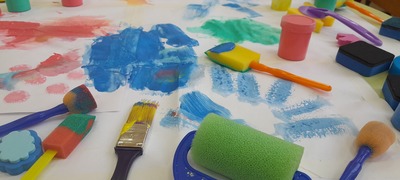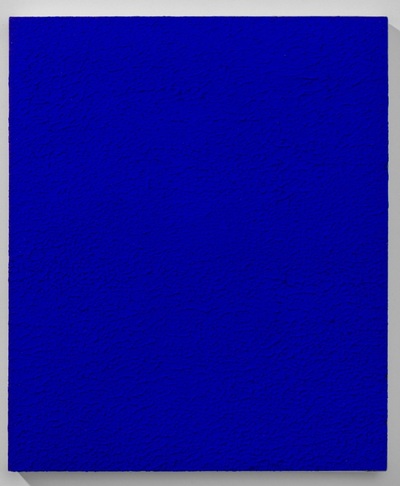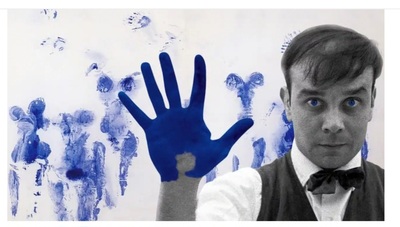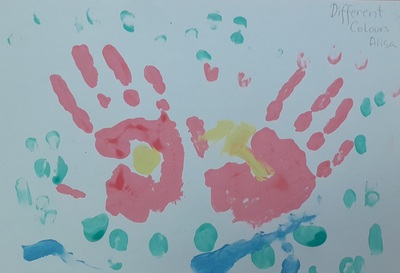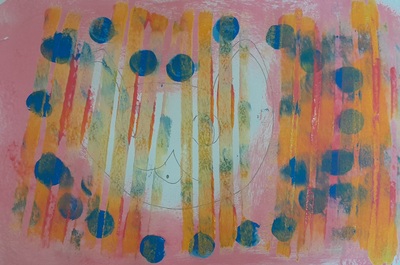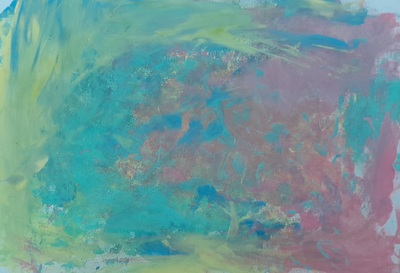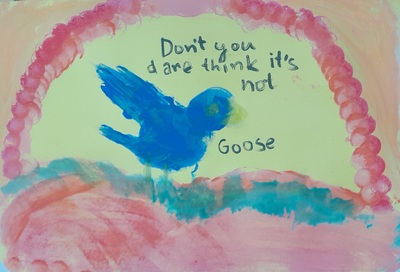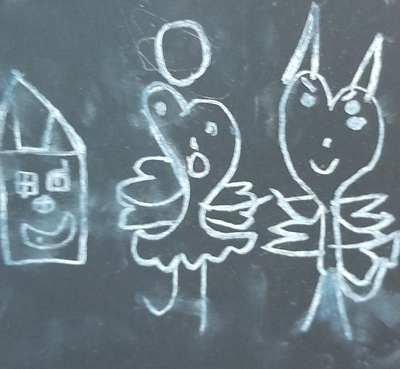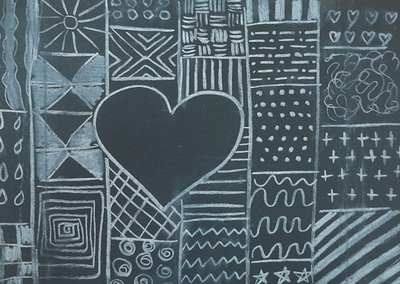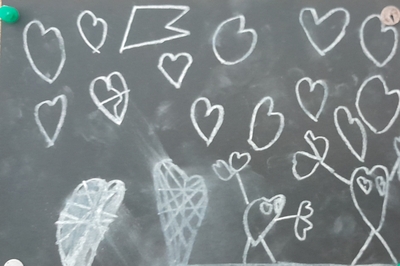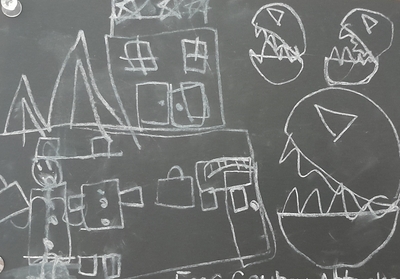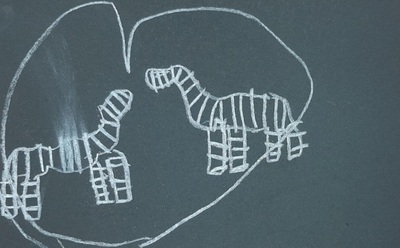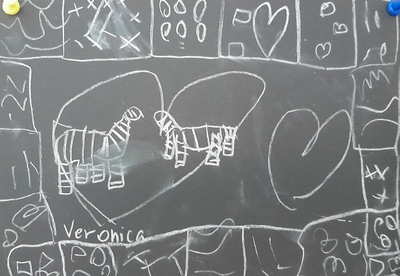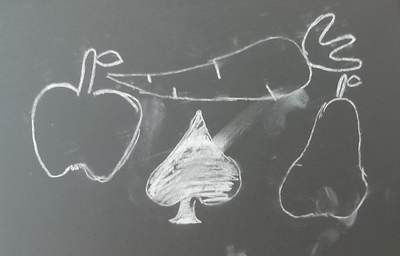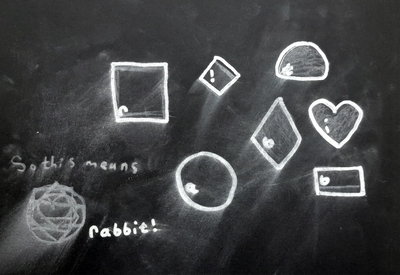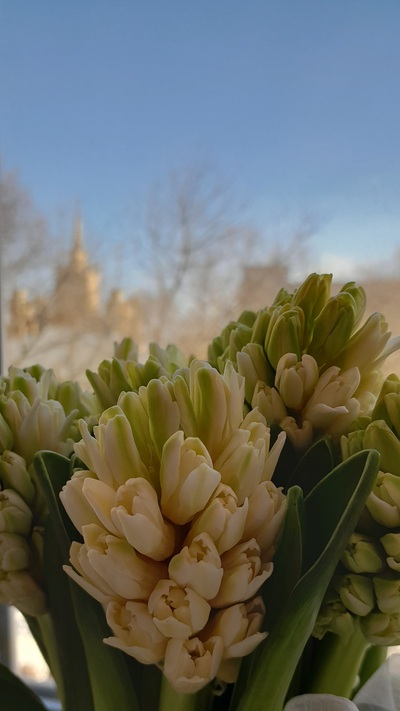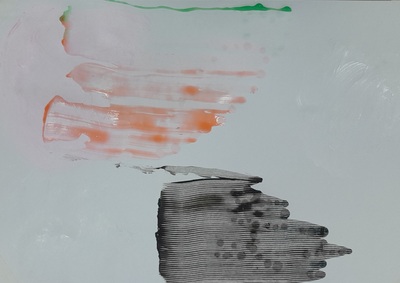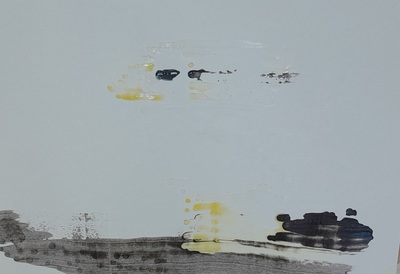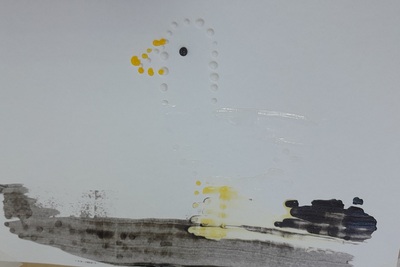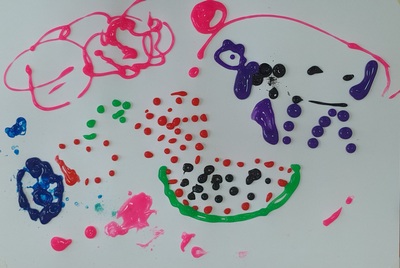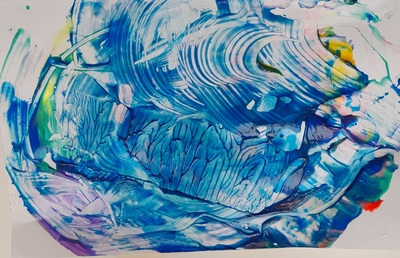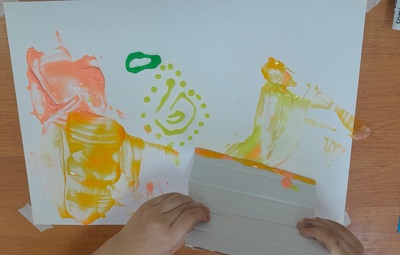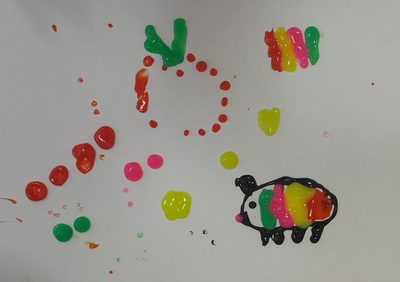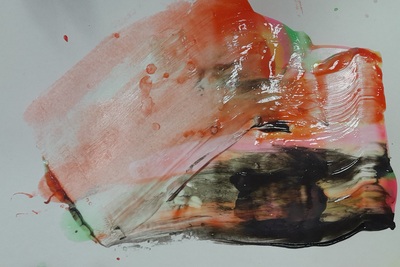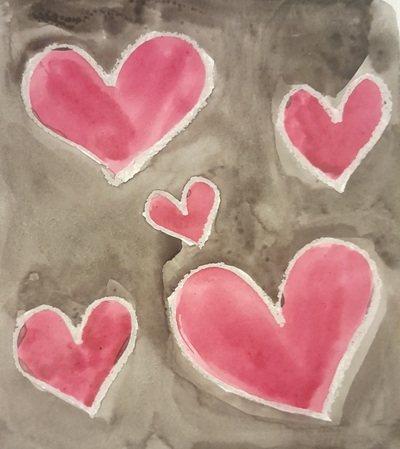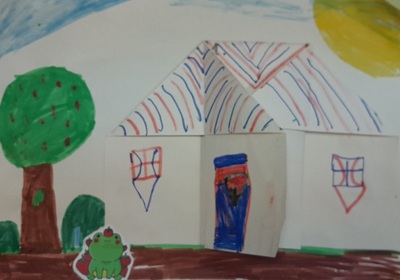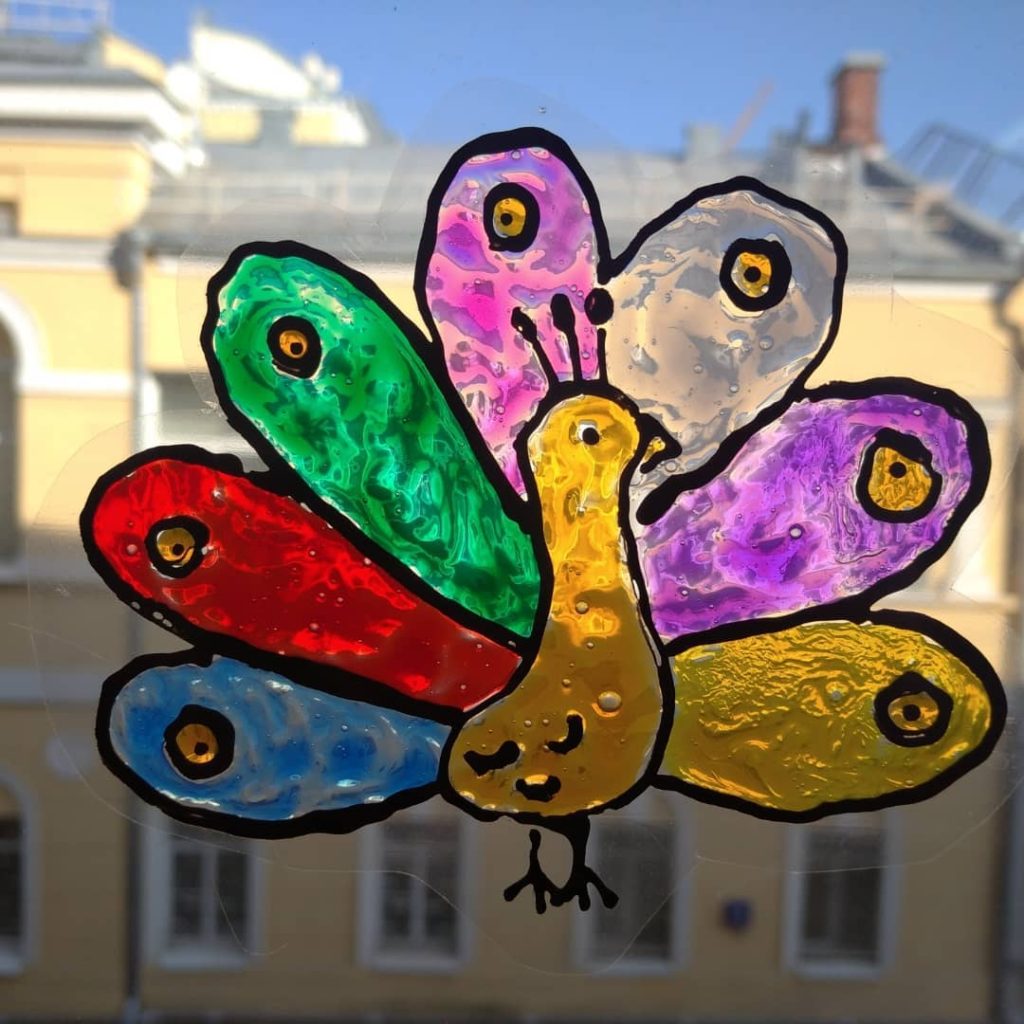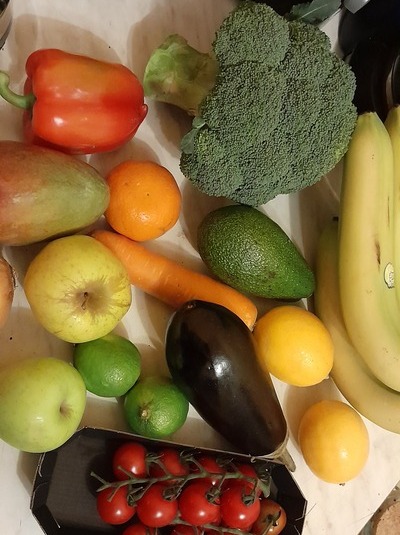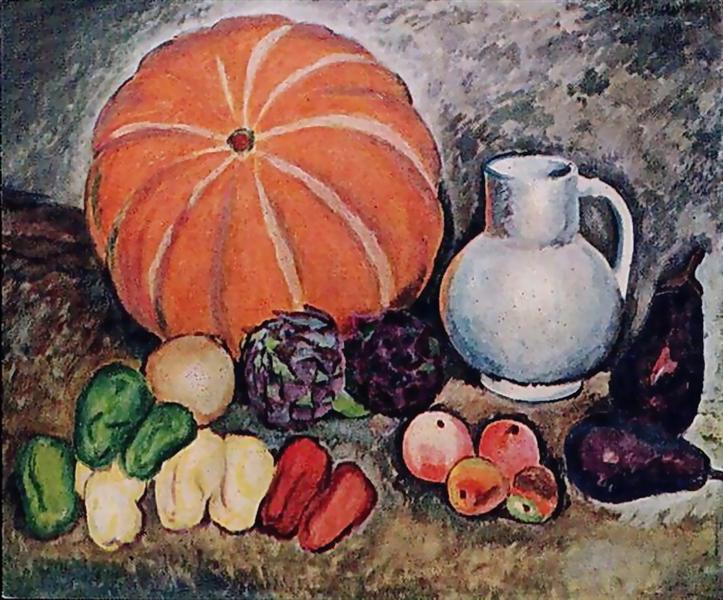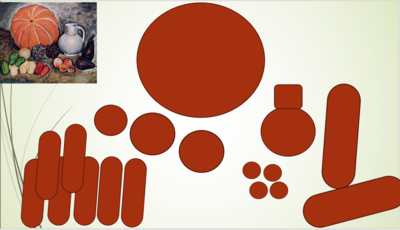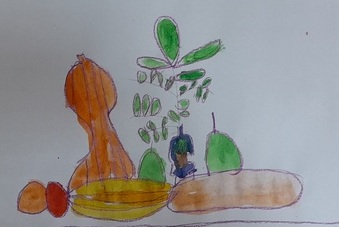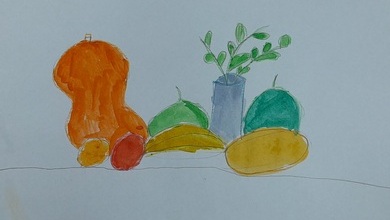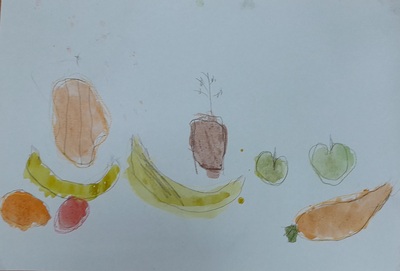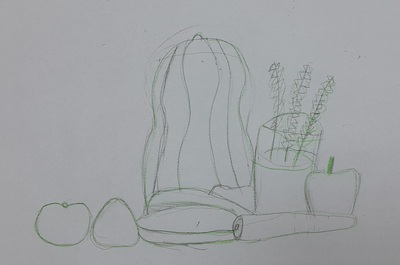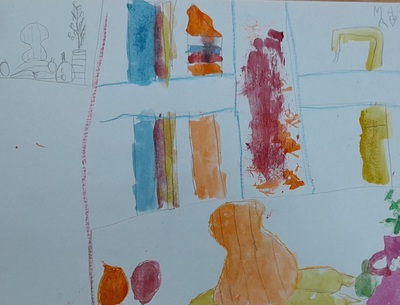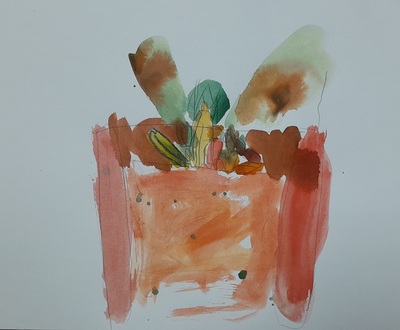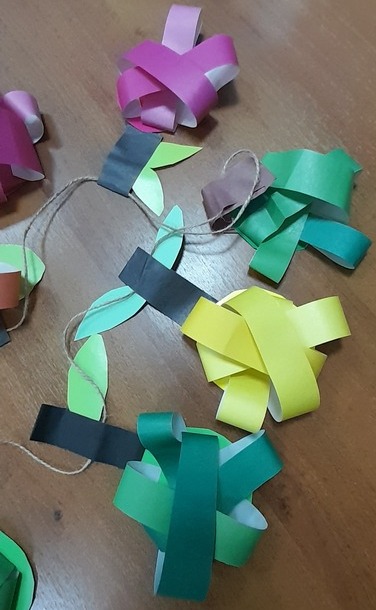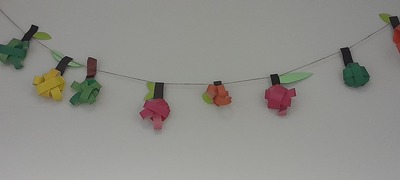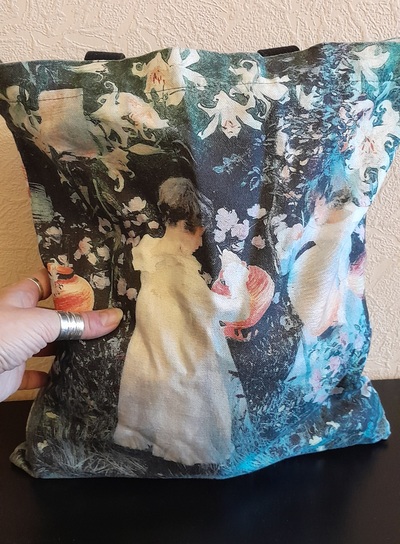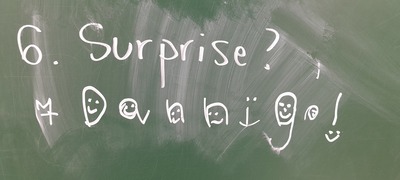
Time to admit it, we are a strange breed!
First of all, our work stories are not really glamorous. There are no celebrities in them, no events that make the news, no interesting places and no brand names. Speaking from experience here, in comparison with the copywriters, marketing experts, nurses and doctors, engineers and accountants in my life who also come back home and share theirs. What teachers bring from school are the tales of behaviour issues, funny quotes, developmental stories, getting things right and getting things wrong.
And then even as teachers…a while ago, I met a friend whom I hadn’t seen for a while and we were catching up on life and work and all things related. I shared my adventures and my recent and relatively short-lived (thank heavens) period of revisiting adult EFL. My friend was at the same time in awe and taken aback. ‘In awe’ happened because this year added a nice few pretty-looking lines to my resume as the weight that would come with the names of international banks and IT companies or with the noble and serious sectors of the high levels, Business or Financial English. ‘Taken aback’ came about as a result of my attitude, a tired ‘Yeah, whatever’ that turned into bored or openly dismissive as the conversation went on. Apparently, I should have been very excited and proud.
It is not that I did not enjoy these lessons or that I did not do a good job or that I was not grateful for the enthusiasm with which my students came to class. I did and very much so (you can read it about here) but that was nothing special, just the everyday.
Take baking, for example. If you bake and if you have been baking for some time, a batch of cookies or a batch of brownie is not a holiday, it is a must. It doesn’t mean that you will eat delicious cookies every single time, things go wrong, of course, but more often than not, if you take out your flour, soda, sugar and chocolate out, you can expect that at the end of the road, there will be good cookies. You have this experience, nothing to celebrate and nothing to write home about.
Same with teaching. After all these years, putting together a good lesson for an exam class or for a C1 group is kind of a must, not a special event. And yes, the respectable clients add a layer of fine veneer to the whole experience or, if we are to go on with the baking metaphor, a layer of icing but that’s it. And, really, students are just students and everyone deserves a good lesson, a top-notch businessman, an bank CEO or a five-year old boy.
That is why there is no special pride or excitement. It is a job well done. Still, it is only a job.
Teaching kids is not only a job.
It is also a job but it is not only that. It cannot be only a job when you are not only teaching your subject, whatever it is, but you are also taking part in bringing up the little human and helping them to understand the world, to learn how to function in it and how to interact with the rest of it that is not you. It cannot be ‘only a job’ when you are surrounded by the stories of these lives, the joys and the dramas and when whatever you are planning to do in class might be affected by everything that happened out of the lesson time and that simply because the little people cannot yet disassociate. It is not only a job when you get to sing and jump to the songs or to get your own hands dirty practising for the art classes.
The things that make me gasp, the things that make me get excited.
- My kids doing a pair-work activity: it can be a very simple activity, just a ‘guess my flashcard’ game that involves nothing but reciting all the words from the set, until you get the right now. All the exciting elements, like asking a full question, taking notes of the answers or repeating the activity with a new partner, they come later. But to see them work on their own, keeping the conversation going and moving from point A to point B of the activity, this is precious. Introducing it is a process, it does not just happen, it does not happen overnight and introducing it takes time, a few lessons, weeks or months, depending on the child’s age. But it is possible and it is beautiful. When it finally happens, it is yours and can be used forever and ever. Here you can find a post about my experiment and a controlled and conscious way of introducing pairwork with my pre-school group. A successful one, too!
- My kids creating their own songs and producing the language because of a song: I realised (and not such a long time ago) that I introduce some songs only because they contain a pretty chunk of the language, hoping that soon (or even sooner), these structures will become a part of what we can say. A good example here can be ‘What’s your favourite colour?’ by Super Simple Song. It is my favourite colour song, not because it is the easiest (that would be just ‘I can sing a rainbow‘, because that is, mostly, just a list of the words, ideal for a beginner group) but because it includes a very good question ‘What’s your favourite?’ and a very good answer ‘I like’ which, when mastered, can be used with any topic. I love singing and my kids love singing (not everyone loves the same songs, of course) and I say that right now, six months into the course, singing and creating our songs based on what we have sung already is one of our favourite activities. Right now, we have a habit of creating a song for the month and many version of it and we also love creating our own versions of all the other songs we sing. Here you can find a post from four years ago about un-singing the song. We still do it!
- My kids beginning to do their task truly independently: What I mean by that is the shift and the huge stepping stone from doing a task, in the coursebook, workbook or any handout, step by step, led by the teacher, not copying the teacher’s answers but taking the exercise or the task in small bites, moving on together as a group of individuals, waiting for everyone to a situation when the teacher sets the task and everyone does it at their own pace and in their own way, choosing for example parts of the exercise that they deal with. It is always a big day for me and it is a sign that kids are becoming more independent learners. The expert is right next to them but they don’t need the support that much. Why? Because their zone of proximal development has expanded a little bit! Hooray!
- My kids making decisions: I cannot tell you how many times, in this academic year, I have used the phrase: ‘It is your decision’ in response to anything that my students did, said or asked, as regards their English, Maths or Art lessons or any actions in class or during the breaks. I actually started to wonder if they know the phrase or if they can produce it as I always use English and Russian when we talk about it…It is necessary to include opportunities to make decisions but it is also necessary to develop the awareness of the fact that some things belong in the category ‘we do it, I cannot opt out’, such as tests. It is an interesting process and I am getting a lot of joy out of it. And pride.
- My kids improving their literacy skills: The literacy skills and their development are probably the greatest challenge of the first year of English in primary but at the same time, they are the source of the greatest joy, passion, hype, reward and happiness. Firstly, because it is a long-term process and you can enjoy bits and pieces of it throughout the entire year, every single lesson and in many different variations: blending and segmenting, writing your own name in English, checking out our alphabet poster for reference, shared reading, looking at the materials and reading things themselves, just before they saw them, not because we were actually doing it, applying the phonemic awareness that they already have, choosing to write anything in English, especially when not induced by the lesson and the teacher and so on and so forth…Or, because they are able to, they proceed with the task independently (see point 3).
The life outside of the classroom
You can easily imagine that all these stories would not be enjoyed as much by anyone who is not a teacher. I am visualising me coming back home, meeting friends or getting in touch with my brother and sharing the story from this week:
‘Guess what happened today in class? Sasha wanted us to sing ‘Danny Go!’ in class and he asked to add it to the lesson plan. And he wrote it himself, almost 100% correctly! Look at the photo! (see: above). He only started to learn English with us in September! And now he writes all two words and I only help him letters, he writes them from memory!’
I think it is fair to say that the response would be, most likely, a polite smile or a nod, or, if the people are used to these kind of stories, maybe even a funny meme. Only a fellow YL teacher would appreciate it more. Or the readers on the blog, perhaps. It is all good. These are the stories that I bring from work.
What about you? What are the things that make you happy in the classroom? Please share in the comments!
Happy teaching!
